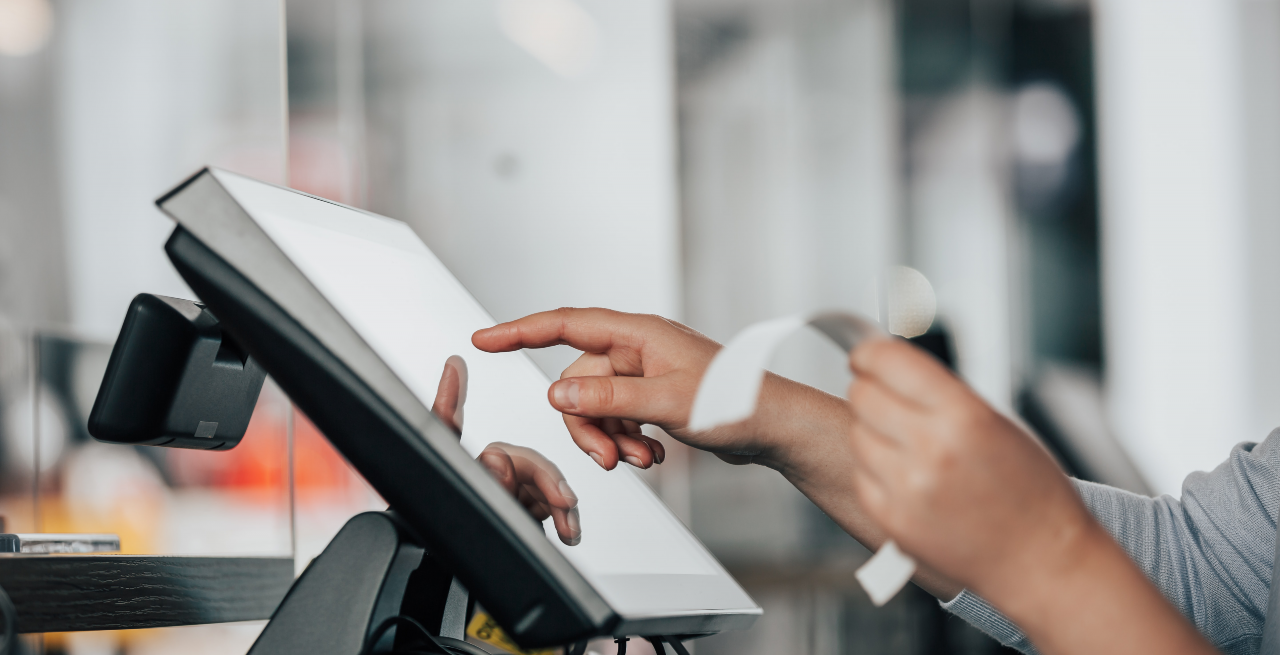Why Restaurants Should Prioritize Technology In 2023 Budgets
3 Min Read By Sam Zietz
The post-pandemic restaurant industry has been continuously plagued by challenges. Between dining restrictions, inflation, and the ongoing labor shortage, many businesses have been forced to close their doors, change their operations, or otherwise look for alternative solutions. For many, that solution lies in technology such as self-service kiosks, QR codes, and online ordering. Come 2023, it will be increasingly important for restaurants to factor technology into their budgets to adapt to the changing economic landscape and better meet consumer demand.
The pandemic saw a boom in contactless experiences: curbside pickup, mobile ordering, self-ordering kiosks, and QR code menus – all these solutions not only streamline operations but also give consumers more control over their experience and thus contribute to higher satisfaction levels. Now, consumers have come to expect this type of technology, and restaurants that refuse to embrace it will be left behind.
As we saw throughout the pandemic, the restaurants that invested in technology were able to survive, and many of those that didn’t closed their doors. However, when the pandemic hit, people were less sensitive to prices. In 2023, consumers will be more cost-conscious due to inflation and limited wallet share. While restaurants have been able to pass on rising costs to consumers in the past, they will no longer be able to do so in this new recessionary environment.
It's Time for Innovation
As such, restaurants will have to find new ways to innovate and become more efficient, exacerbating their need for solutions, and accelerating the need for technology.
Solutions like self-ordering technology have several benefits, like increasing revenue through algorithmically programmed upselling technology. They can also decrease operating costs by streamlining efficiency and reducing the dependency on labor and improve the customer experience by expediting average transaction time, eliminating order inaccuracies, and implementing loyalty integrations.
According to research from the Harvard Business Review, consumers will spend on average 12-22 percent more when they order with their eyes or by touch. With upsell technology, consumers can add an item to their order that corresponds with what they are currently ordering for every transaction.
Kiosks also reduce the burden of staffing and allow businesses to redeploy their labor to more value-add functions of the business, such as order fulfillment. In some cases, self-ordering kiosks have been shown to save businesses over $6,750/month for each cashier position they automate, according to GRUBBRR data. In this labor environment, kiosks are not taking jobs but rather filling positions that many operators haven’t been able to staff for months. In addition, kiosks always show up, always upsell, don’t call in sick, and are ready to work 24/7.
With kiosks, customers have the option to place their orders immediately and seamlessly without interacting with a cashier. This has freed up cashiers who can be reallocated to food production or to enhance the customer service experience.
Self-service technology also allows businesses to implement integrations such as loyalty programs that reward consumers for their business. These loyalty integrations enable businesses to capture data intelligence about consumer history, including most recent orders, to execute suggestive selling and communicate more efficiently with the consumer. Using kiosks, restaurants add value back to the customer experience and encourage repeat visits.
The labor shortage poses a significant problem for everyone: restaurant operators are losing money, employees are struggling to meet demand in understaffed businesses, and customers are experiencing long wait times and poor service. Self-service technology addresses all these problems by allowing restaurant operators to run their businesses more efficiently with fewer employees while generating incremental revenue. For these reasons, restaurants should factor technology into their 2023 budgets.


